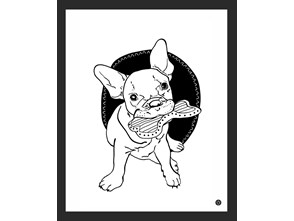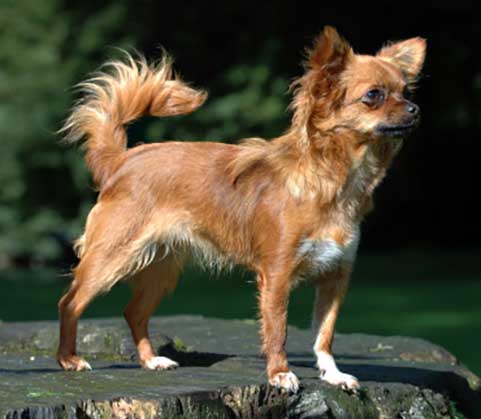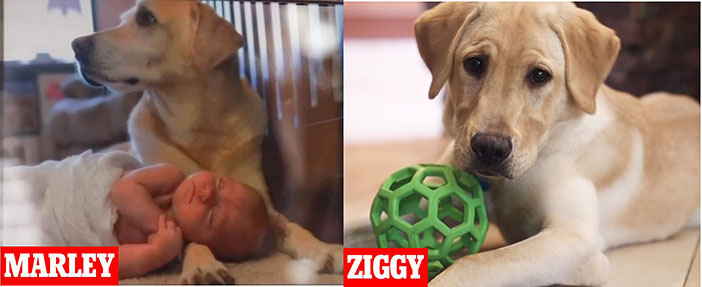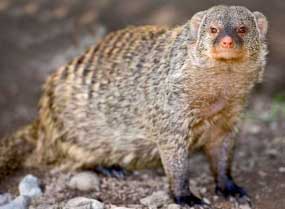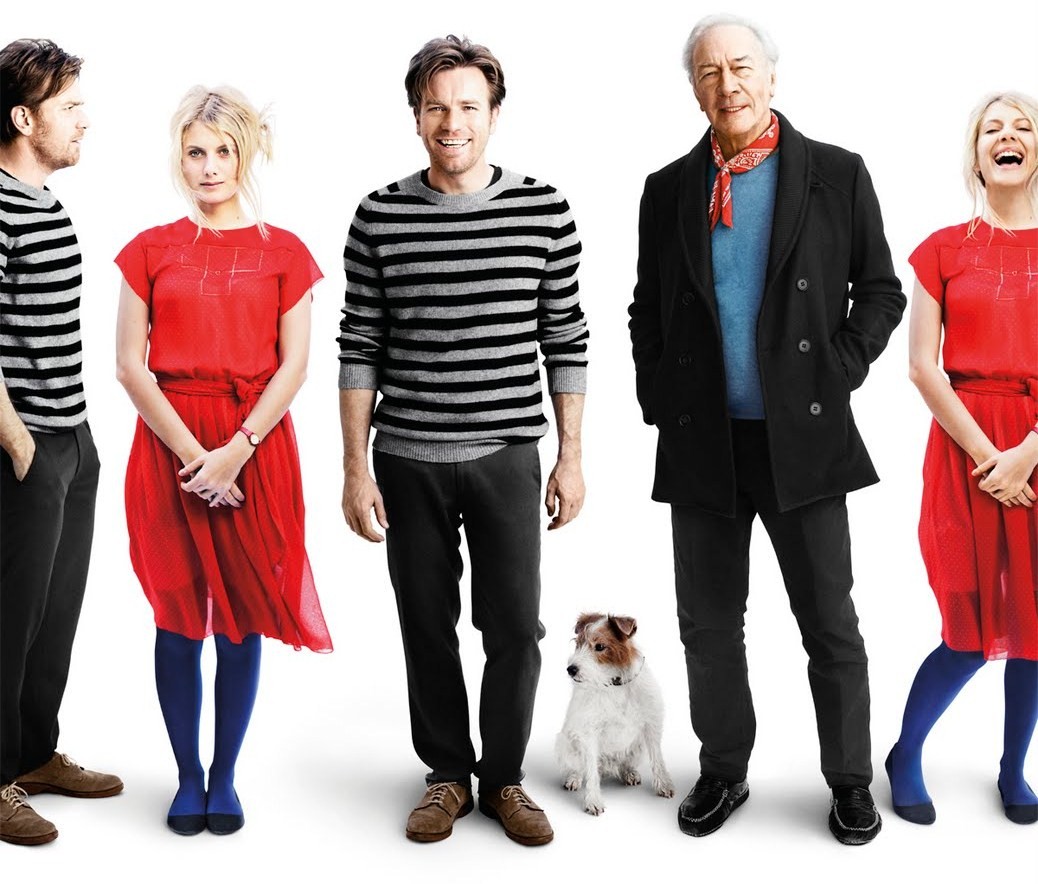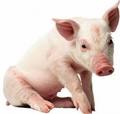Dog therapy
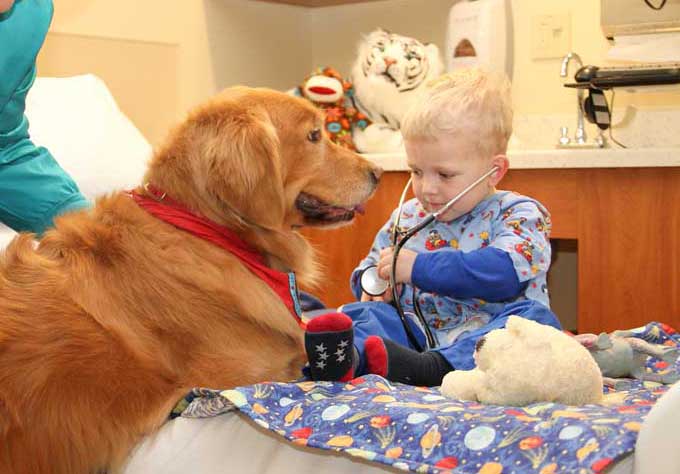
PSY – THEY ARE THE BEST FRIENDS- They will not cheat, WILL NOT FAILURE, AND THEY WILL TEACH AND HELP A LOT
Dog therapy is a therapeutic method, supporting the motor and mental development of a child through direct contact with animals (in this case, a dog or dogs). The goal of this therapy is to overcome the blockage of fear of animals and people, silencing aggressive behavior, orientation in the body schema.
Podczas zabawy z psem, the child's care and sense of responsibility are strengthened. It learns to control its own emotions and at the same time is intensely stimulated and mentally stimulated by contact with the dog. It was launched in 1964. przez amerykańskiego psychologa Boris Levision. Based on his observations, he concluded, that autistic children who have trouble making interpersonal contacts, it is easier to bond with your dogs.
Two basic forms of dog therapy classes can be distinguished:
- “We meet and have fun”. Depends, it is on the natural relationships between the participants of the dog therapy group and the dogs. Dogs are touched, stroked, they follow the instructions, have direct contact with people. These types of classes are conducted primarily in orphanages, nursing homes, hospitals. Their main task is emotional contact with the animal, its influence on human well-being. It aims to provide the participants of the group with as much joy and satisfaction as possible from communing with the dog.
- Dog therapy, whose purpose is to provide specific help in the treatment of specific diseases. In such situations, the meeting agenda is agreed with the therapist, doctor, or a physiotherapist. The scope of activities performed by the dog is then determined, which are to contribute directly to supporting the treatment of a given condition. Activities, these are in the form of fun and recreation. They are commonly used:
- Giving your dog a variety of commands. Such play develops vocabulary and motivates the child to speak.
- Feeding dogs with dry food. The patient picks up the food, summons the dog and keeps his hand so, so that the dog can eat the food. Ma, this is of particular importance in people with hand contractures, both children and the elderly. If there is a problem with the easy stretching of the fingers, the dog helps to make this move with his nose and mouth. Another form is throwing karma, which aims to rehabilitate the hand and train the precision of movement.
- Walking your dog on a leash. Especially for children, that don't, it is a great experience every day. By exercising, they are so excited about this activity, that they forget about their own limitations, which often inhibit their activity. This is also important in the elderly, which are sometimes difficult to encourage movement.
Dogotherapy classes affect:
- increasing the sense of security;
- they trigger the need for spontaneous communication;
- reduce hypersensitivity to tactile stimuli;
- they activate in particular spheres;
- make it easier to establish contact with a stranger;
- developing cognitive functions;
- developing causal thinking- effect;
- extending the attention span;
- overcoming the blockage of fear of animals;
- action on receptors – sight, hearing, touch;
- developing caring functions;
- widening the range of motion;
- strengthening the balance;
- acquiring skills related to feeding and hygiene of the dog;
- mastering simple elements of training, giving the child self-esteem;
- control over emotions;
- developing perceptiveness;
- learning the sequence of activities.
